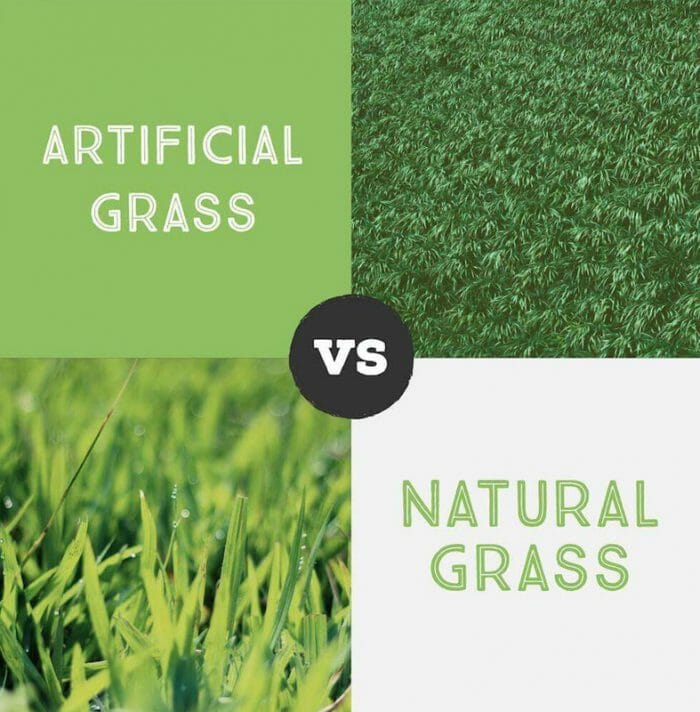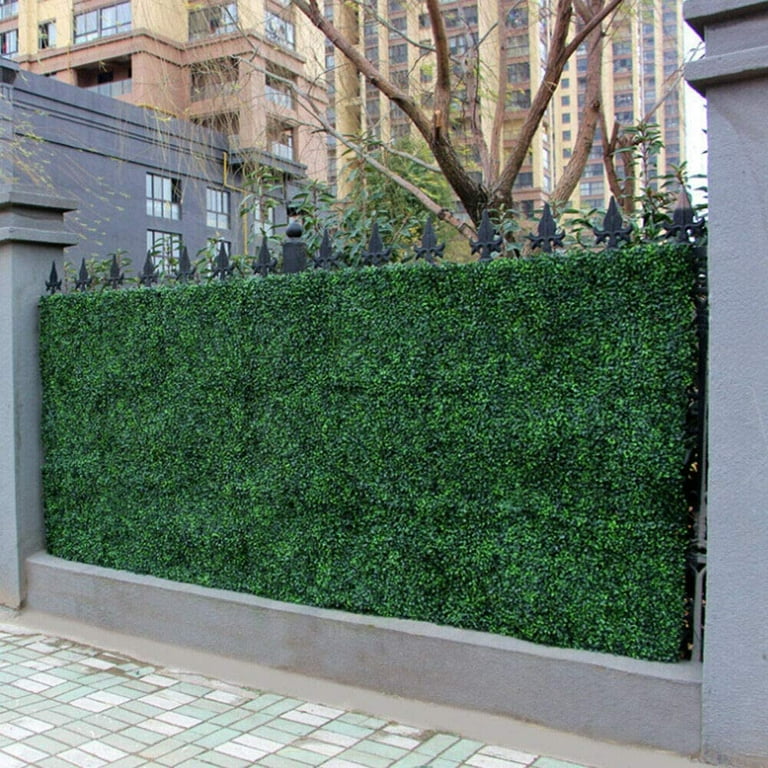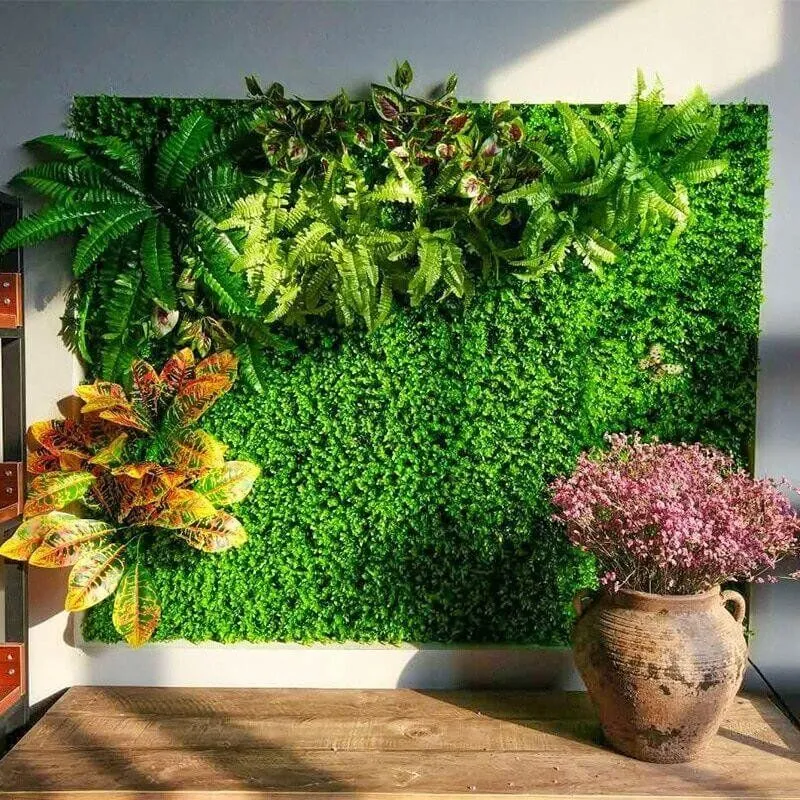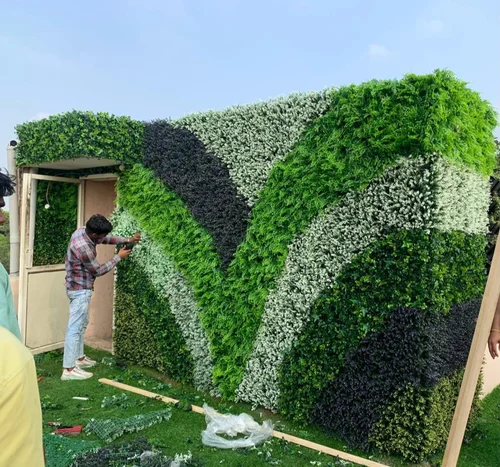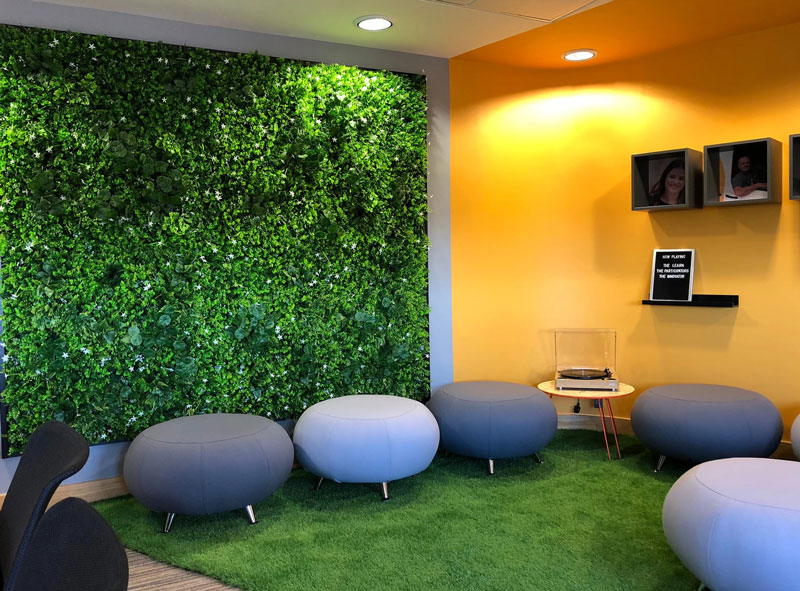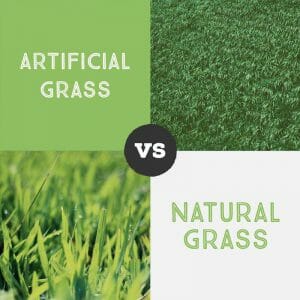
When comparing artificial grass and real grass, there are several factors to consider. Here is a comparison highlighting the key differences between the two:
1. Appearance: Real grass has a natural and vibrant look, with variations in color and texture. Artificial grass is designed to mimic the appearance of real grass, but it may lack the same level of realism and natural variation.
2. Maintenance: Real grass requires regular maintenance, such as mowing, watering, fertilizing, and weed control. Artificial grass, on the other hand, requires minimal maintenance. It does not need to be mowed, watered, or fertilized, and it is generally resistant to pests and weeds.
3. Durability: Real grass is susceptible to wear and tear, especially in high-traffic areas or during extreme weather conditions. Artificial grass is designed to be durable and resilient, with the ability to withstand heavy use and various weather conditions.
4. Water Usage: Real grass requires regular watering to keep it healthy and green, especially in dry or arid climates. Artificial grass does not require watering, which helps conserve water resources and reduce water bills.
5. Environmental Impact: Real grass contributes to environmental factors such as water usage, pesticide usage, and carbon emissions from mowing equipment. Artificial grass eliminates the need for these factors, reducing water consumption and pesticide usage. However, it is important to consider the environmental impact of the production and disposal of artificial grass materials.
6. Cost: Real grass installation and maintenance costs can add up over time, including expenses for watering, fertilizers, and lawn care equipment. While initial installation costs may be higher, artificial grass can be cost-effective in the long run due to its minimal maintenance requirements.
7. Usage: Real grass is suitable for various activities, such as playing sports, picnicking, or gardening. Artificial grass is also suitable for many activities but may have limitations for certain sports or activities that require specific turf characteristics.
When deciding between artificial grass and real grass, it is important to consider your specific needs, preferences, and the unique aspects of your location. Both options have their advantages and disadvantages, and the choice ultimately depends on factors such as maintenance requirements, cost considerations, and desired aesthetics.


